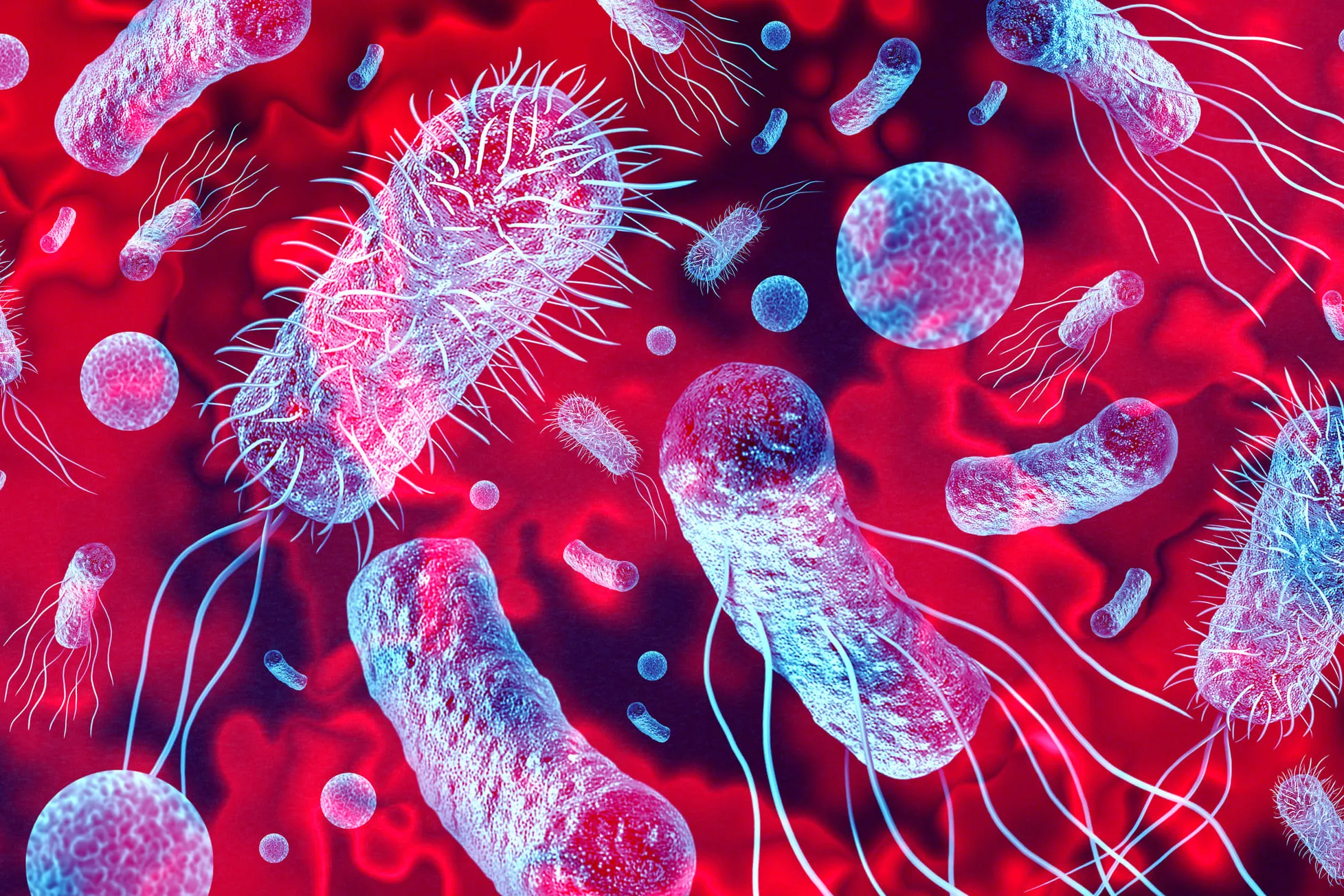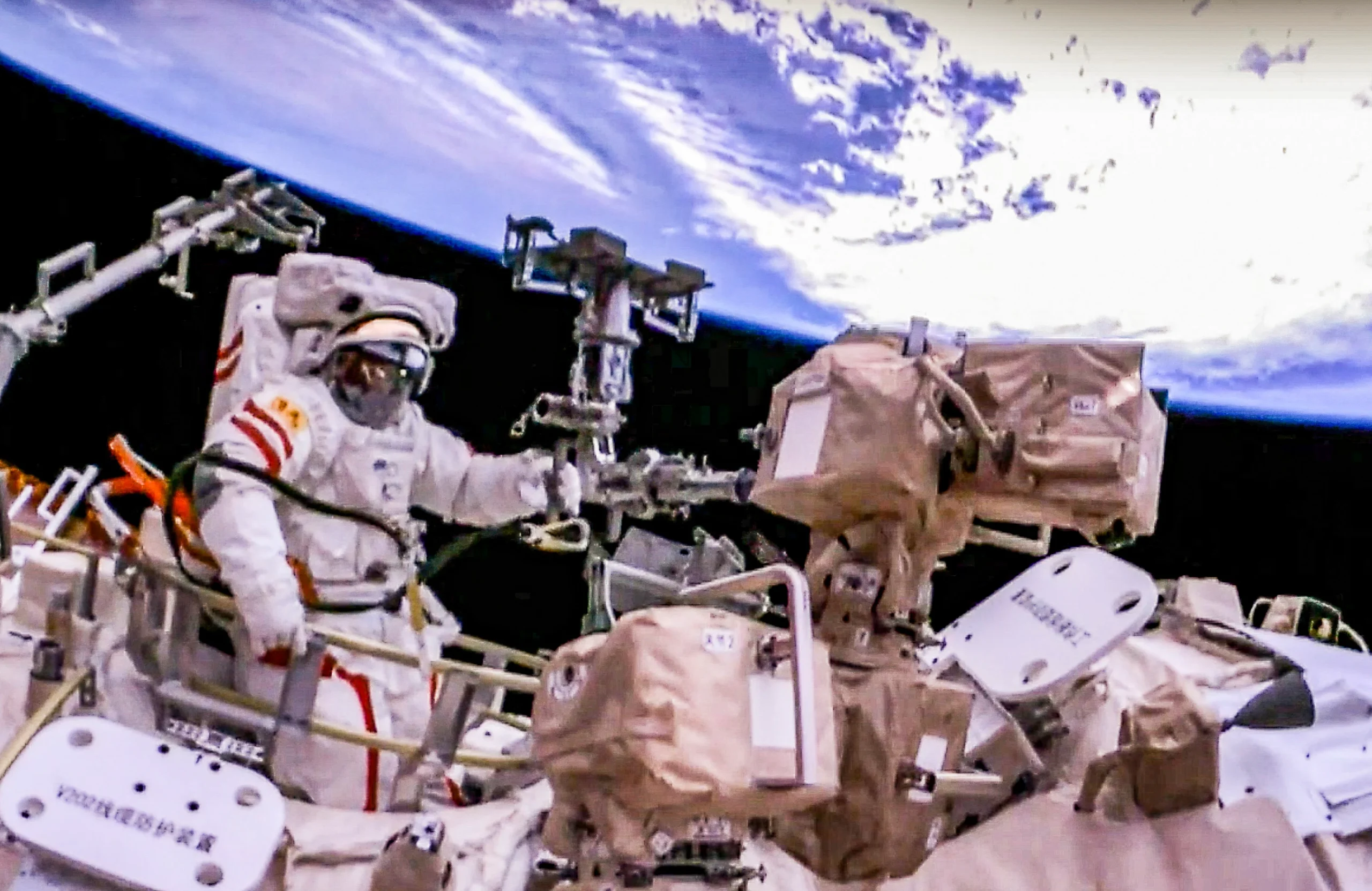A team of scientists has identified a brand-new bacterium aboard China’s Tiangong space station—one never before seen on our planet. Microscopic and rod-shaped, this organism, now christened Niallia tiangongensis, was found lurking on cockpit controls, thriving in the station’s microgravity environment.
The Search for Microbial Life in Microgravity

In May 2023, taikonauts swabbed surfaces throughout Tiangong, packed the samples in deep-freeze storage, and sent them back to Earth. Their mission? To chart the hidden world of microbes in a completely sealed habitat with humans onboard. This effort falls under the China Space Station Habitation Area Microbiome Program (CHAMP), which aims to track how microorganisms behave during extended spaceflight.
Genetic Insights
When researchers ran genomic sequencing on these samples, they discovered N. tiangongensis—a close cousin of the terrestrial bacterium Niallia circulans. Yet, genetic analyses revealed significant divergences between the two species. In particular, the space strain carries unique genes that may have evolved to tackle the harsh realities of orbit.
Adaptations for Survival

Remarkably, N. tiangongensis can hydrolyze gelatin in a novel way, breaking down this protein into vital nutrients within nutrient-starved environments. Furthermore, it forms robust biofilms, activates oxidative stress responses, and repairs damage caused by radiation.
“This aids their survival in the space environment,” the paper explains.
In contrast to its Earthbound relatives, the new bacterium seems tailor-made for life hundreds of miles above the ground.
Origins and Implications
Still, scientists don’t yet know whether this microbe evolved aboard Tiangong or simply went undetected on Earth until now. Although tens of thousands of bacterial species have already been cataloged, experts estimate billions more remain unclassified. Each discovery like this brings us closer to mapping the full expanse of microbial diversity—both on Earth and in space.
Assessing Risks for Astronauts
Understanding N. tiangongensis isn’t just an academic exercise. As we prepare for longer missions to the Moon, Mars, and beyond, knowing which microbes hitch a ride is critical. While it’s too soon to declare this newly found bacterium dangerous, it’s noteworthy that Niallia circulans can cause sepsis in immunocompromised individuals. Moving forward, this discovery will help refine sanitation protocols and safeguard the health of future spacefarers.



